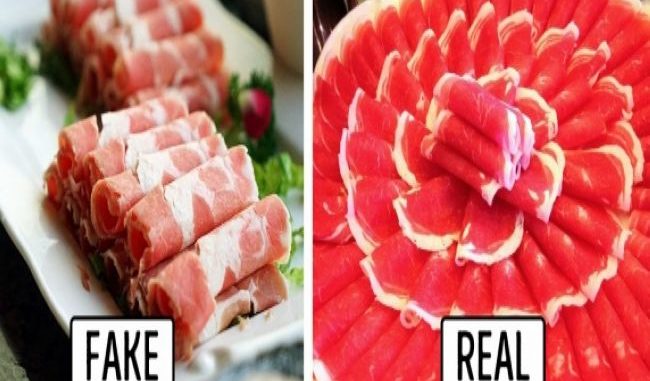
We tend to wonder about new or unknown products in stores. We see our family or friends buying a particular food, and we think it’s a trustworthy one. However, there are products we all buy and use that are a lie.
We presents you with a list of commonly used foods to reveal the truth. Check it out on your next trip to the store!
1. Is American cheese real?
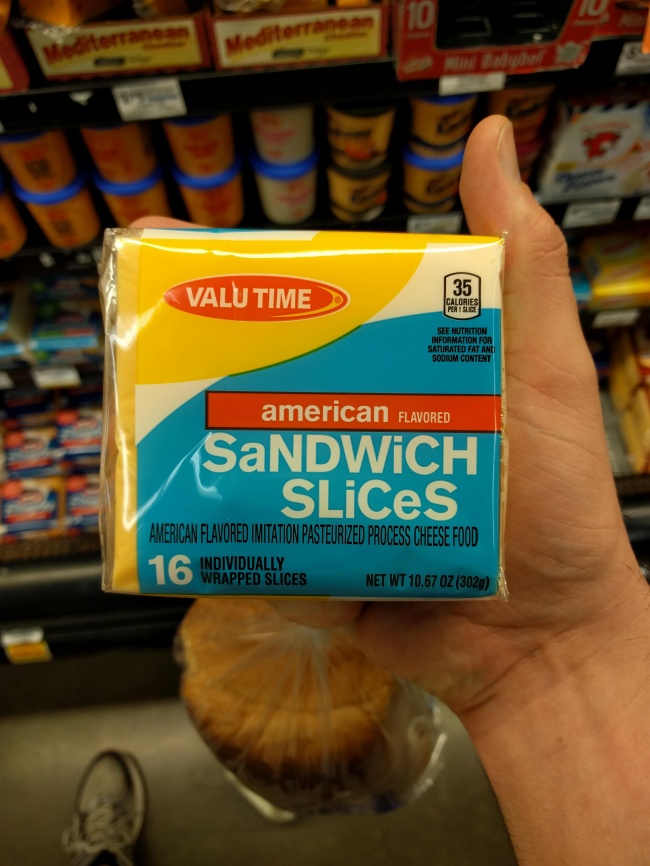
American cheese seems to be a comfort food as you don’t need to cut it slice by slice, and that saves time. In fact, those square pieces of something that looks like cheese actually can’t be called “cheese.” Kraft Singles contain only 51% real cheese. So when you next go to the grocery store, pay attention to the package — you’ll see the magic words “Cheese Product.”
2. Artificial eggs
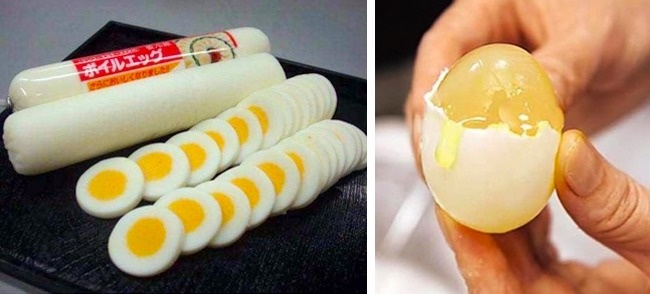
One clever invention is the fake egg. What can attract you and also stop you from picking them up at the store is their low price. The so-called eggs are made with gelatin, artificial food coloring, water, and a shell made of paraffin wax, gypsum powder, calcium carbonate, and other things. The formulation of the yolks allows them to bounce when dropped.
3. Bananas aren’t that natural.
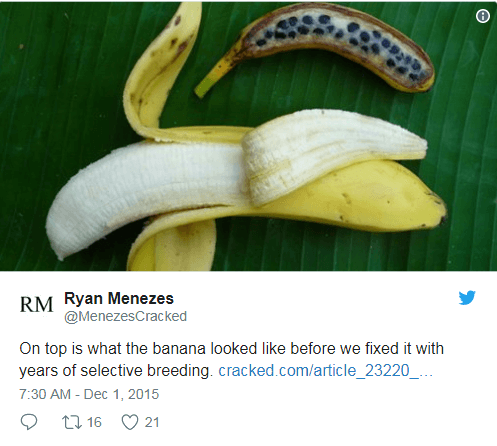
There’s no doubt that bananas are healthy and contain energy. Even if there are lots of banana plants, especially in Asia, the bananas we see and buy at the store are made by people. You might have noticed some little black spots inside the banana that look like the seeds of a natural fruit, but they weren’t actually used in the banana’s production.
4. Naked smoothies are worse than Pepsi.
Naked Juice seems to be healthy when looking at its packaging with the hypnotizing words “No Sugar Added.” The truth is that these beverages seem to be equal to the most sugary of drinks. Even if producers didn’t add any sugar, fruits couldn’t contain all 61 g, which is 20 g more than a can of Pepsi.
5. Zero-calorie drinks are worse than regular sodas.
You might think that a drink containing 0 calories helps you to improve your body. But, in fact, it only helps you to put on some weight. If there are less than 5 calories in a drink, the FDA legally allows it to be called a zero-calorie beverage.The only beverage that doesn’t contain any calories is water. Others have artificial sweeteners that trick your brain and make you have more food to be satisfied, which leads to gaining weight.
6. Do Grape-nuts contain these ingredients?
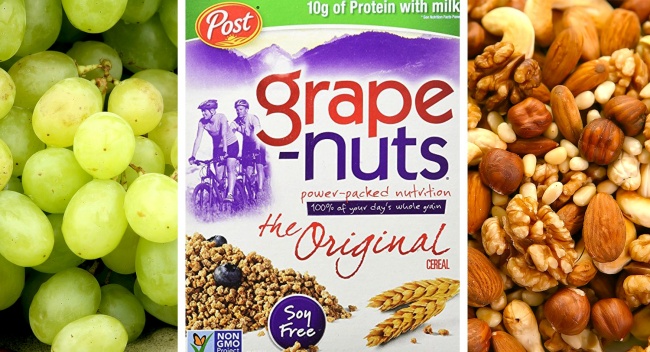
Who doesn’t love saving time with delicious and healthy food, especially for breakfast? Unfortunately, Grape-nuts aren’t going to help because this food has nothing in common with grapes or nuts. According to Post Foods, the cereal got its name because they use maltose or “grape sugar” in their recipe, and it’s slightly nut flavored.
7. Beware of fake mutton.
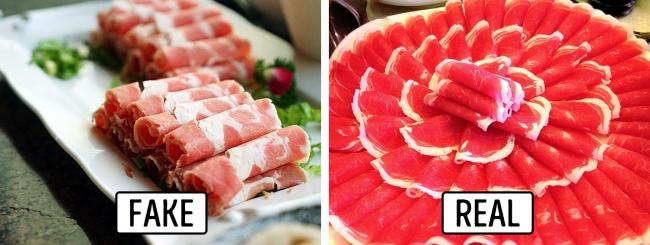
Nowadays there’s a risk of buying chemically transformed meat from a rat, a mink, or a fox. To stay healthy and safe, these detailed instructions for distinguishing the right meat will be very useful. Try not to buy mutton from stores. Instead, go to a market so that you can see for yourself what you’re going to eat.
8. Natural energy bars
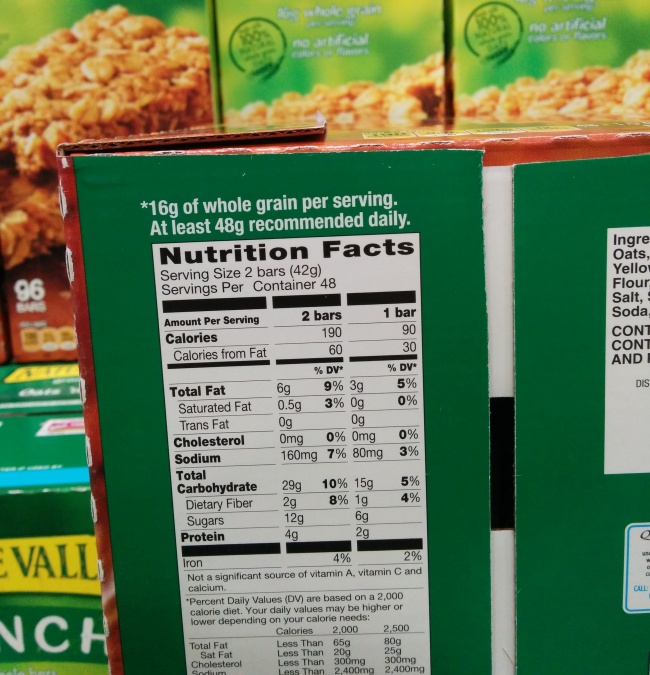
It seems that marketing specialists put the word “natural” on many “fake” products. Truly natural products don’t need this word. In fact, most bars contain sugar, salt, canola oil, and corn flour and are high in calories or are genetically modified. If you see a 100% natural snack in a supermarket, don’t go for it, and don’t waste your money.
9. Margarine as an alternative to butter
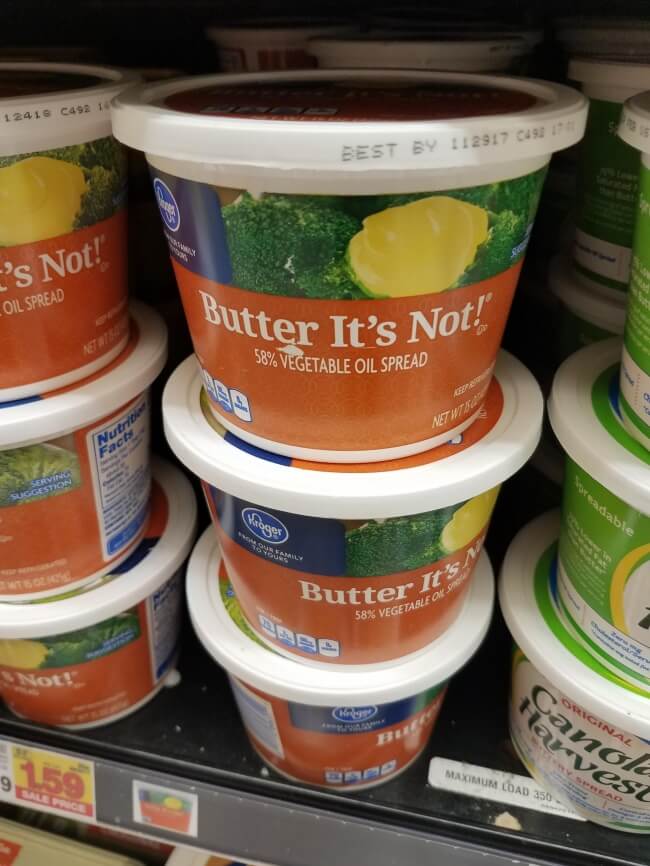
Even if margarine was thought to be a healthier alternative to butter, there is nothing truthful about it. Breaking this myth can start with the real color of margarine: it’s from white to gray. Also, there is no good proof that substituting margarine for butter reduces the chances of having a heart attack or developing heart disease. Its compounds serve to increase shelf life and can be harmful to your health.
10. Fake plastic rice
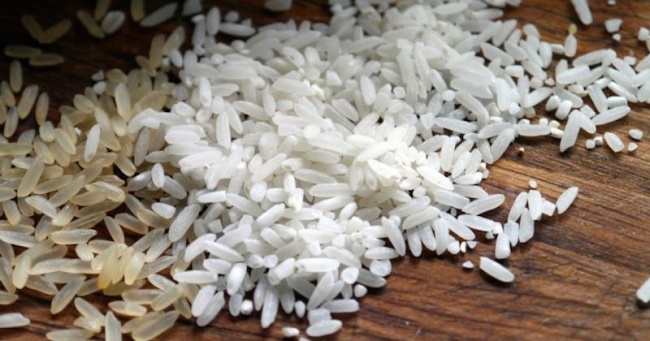
This rice is made from potatoes mixed with plastic and then sprayed with a natural rice smell. Fake rice can be very harmful to your health as it’s hard to digest. After eating some rice bowls, you can feel like you’ve eaten a plastic bag. To distinguish fake rice from natural rice, burn a grain of it — see if you can smell burned plastic or not. You can also try to put some rice into hot oil.

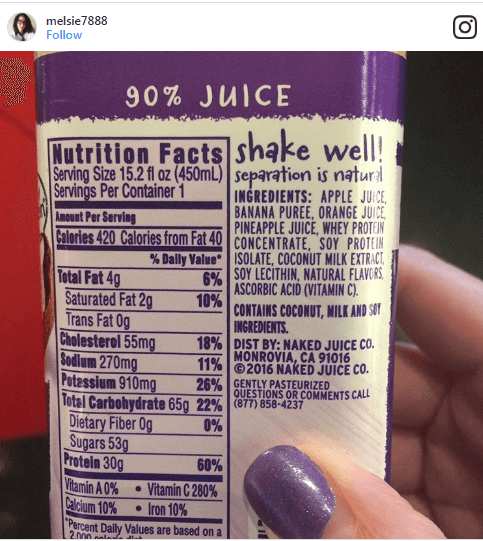
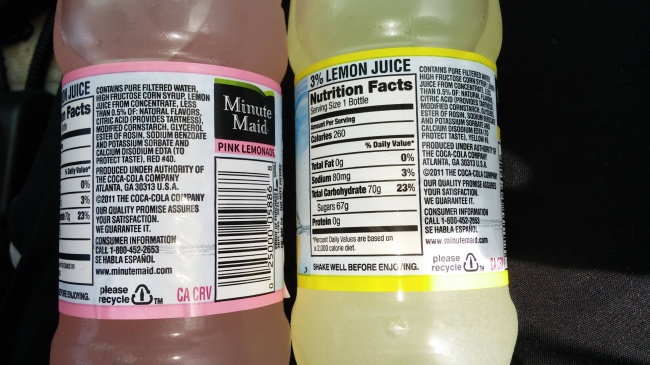

0 comments:
Post a Comment